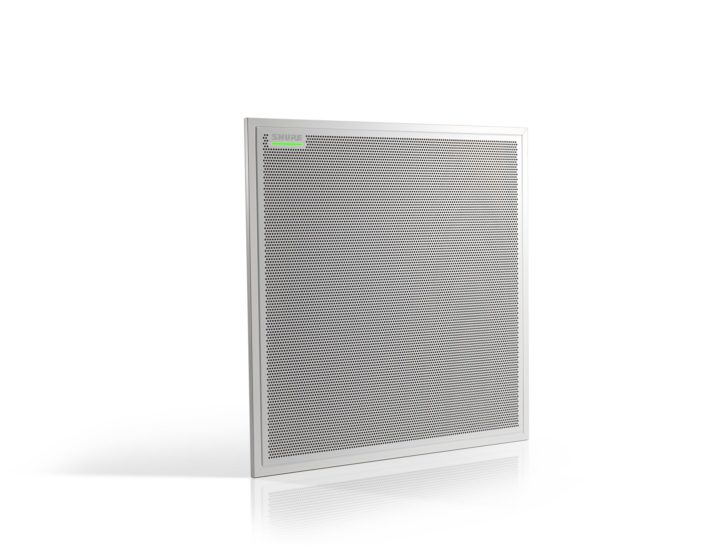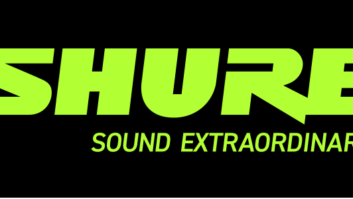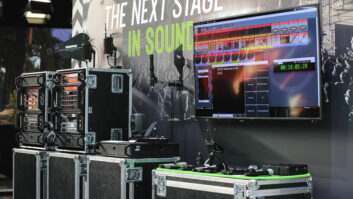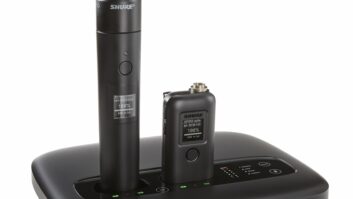
Jon Maguire, business manager at proAV, along with Colin Jacobs and Kevin Madeja from Snelling Business Systems, design manager and group technical officer respectively, offer thoughts on why they specify Shure’s MXA910.
What environments do you typically install the Shure MXA910 ceiling microphone?
CJ: The product is best suited to corporate workspaces, however we have tested and installed the product at universities and education environments with success. They are ideal for mid-sized spaces with multiple users distributed across the plane.
In our experience, demand is highest for boardrooms, meeting spaces and conference spaces where the desire is for a clean and uncluttered space, but can be configured for use in multi-purpose, divisible and reconfigurable spaces.
KM: It’s best suited to meeting rooms with videoconferencing or lecture theatres with lecture capture facilities, but we have ample success stories in non-corporate installations.
Why do you specify this product over competitor offerings?
JM: The MXA910’s design and features offer an elegant and effective ceiling microphone solution.
KM: I prefer Shure’s product based on its sound quality and flexibility in configuration of the mic array. Also the user interface for configuration is excellent.
CJ: In my opinion, the product is a clear winner in many cases largely due to the form factor coupled with the multiple configurable lobes, seamless integration with Dante and third-party preset controllers including Crestron and AMX to deliver high-quality conferencing experiences.
What are the most impressive elements of its feature set?
KM: To me it is sound quality. Also eight steerable lobes help where acoustics, layout, HVAC etc. make them tricky deployments.
JM: The technology Shure have created, known as Steerable Coverage uses up to eight lobes to pick up audio from overhead. This can then be managed automatically or manually via a web application to ensure the best pick up and different settings can be saved for a variety of room applications.
CJ: Multiple configurable lobes, this allows us to accommodate spaces, which would have previously required multiple microphones. I also commend the browser-based control software, which provides an intuitive user interface for microphone attributes including lobe configuration, automatic mix settings and preset templates – very user friendly and intuitive.
What elements of the feature set make your job easier?
JM: The user interface and Designer system is simple and intuitive, and the design configuration software means you can arrange the lobes for multiple MXA910’s through a room diagram, save, and then import to the microphones on site.
CJ: The Shure Designer (software) without a doubt! It allows us to accurately assess and calculate the microphone coverage area and present this as a part of the response to the client.
If an updated version was to be released, what upgrades would you like to see?
KM: I would like to see smaller form factors if possible for use in smaller spaces or in the soundbar position on a display screen.
CJ: I would like to see additional DSP functionality, for example full AEC (acoustic echo cancellation) and perhaps the facility to aggregate multiple units would be very welcome.
JM: Possibly on-board echo cancellation, Dante pass though or maybe a four-mic version.






